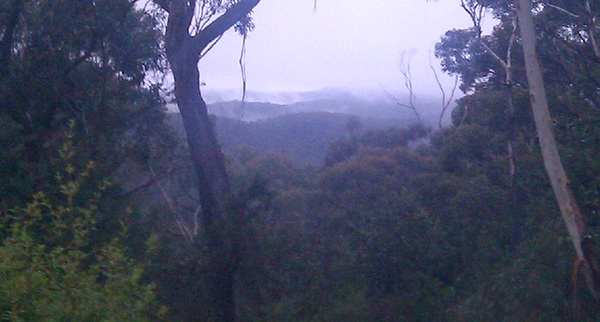A weekly summary of what I’ve been doing elsewhere on the internets. This week was closer to normal than some others, assuming that I have normal weeks. And this post is only one day late.
Podcasts
- Patch Monday episode 101, “There are no NBN apps: Turnbull”. Malcolm Turnbull discusses his Coalition plan for broadband.
Articles
- Could Google pull an Apple on Motorola hardware?, CSO, 16 August 2011.
- To Google, we are data fodder, and I am an unperson, Crikey, 17 August 2011.
- Turnbull’s curious high-bandwidth blind spot, ABC Drum Opinion, 18 August 2011.
- Inquiry picks holes in government Cybercrime Bill, CSO, 19 August 2011.
Media Appearances
None. Well, my presentation at the Local Government Web Network conference on Thursday was sort of a media thing, but not quite. And in any event I will post the thing here some time later today.
Corporate Largesse
None. Again.
Elsewhere
Most of my day-to-day observations are on my high-volume Twitter stream, and random photos and other observations turn up on my Posterous stream. The photos also appear on Flickr, where I eventually add geolocation data and tags.
[Photo: Lichen on the platform at Lawson station in the Blue Mountains, around 95km west of Sydney.]




